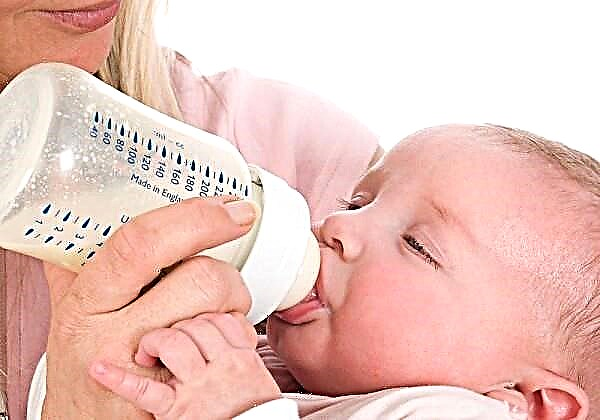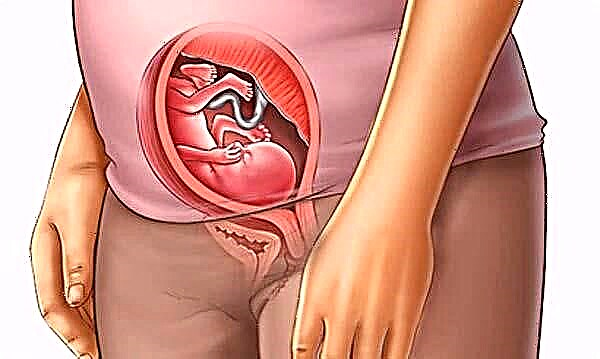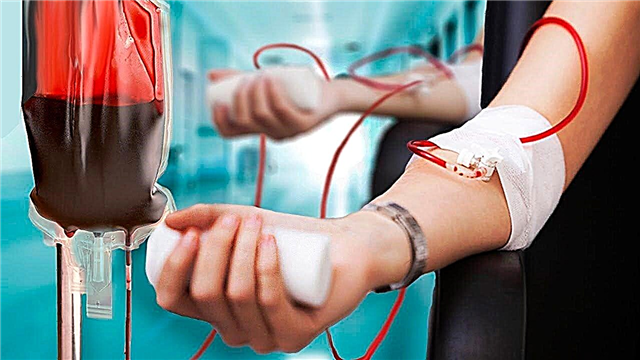
Some children are so active that mothers wonder if this is a sign of some kind of pathology of the nervous system. Indeed, there is the so-called attention deficit hyperactivity disorder, abbreviated by doctors to ADHD. How can a mother know if her child has this syndrome, as well as how to properly raise a hyperactive baby? Let's turn to the opinion of a popular pediatrician, which all parents can learn from the "School of Doctor Komarovsky" program.

What is ADHD
This is the name for a violation of the brain, which is manifested by a deterioration in attention and increased physical activity. According to Komarovsky, 1-7% of children have hyperactivity requiring treatment. Moreover, in male children, such a violation is detected 2-4 times more often than in girls.
Such children are popularly called “an awl in the priest”. Hyperactive babies do things without any hesitation, have difficulty concentrating attention, and act impulsively. Instead of walking, such children prefer running, ask many questions and do not listen to the answer, disrupt lessons, move a lot, fuss, break or drop things.

Although, as Komarovsky notes, ADHD is usually diagnosed in children over the age of 7, the problem may occur much earlier. A baby with hyperactivity will develop faster than their peers, rush to learn to sit and walk, sleep poorly, quickly switch attention and lose interest in toys.

How to distinguish an active child from a hyperactive child
To understand if your child is just a very nimble and noisy baby because of his character or if he has ADHD, Komarovsky recommends contacting a specialist. Only a psychologist or psychiatrist who is well versed in the problems of the child's psyche is able to find out that this is only a trait of character and treatment is not needed here, or you cannot do without medical help.
The main difference between simply active children and a child with ADHD Komarovsky calls this moment: if hyperactivity does not prevent a child from communicating with peers, learning and developing normally, then most likely this is not a disease. If, due to increased activity and problems with attention, a child cannot get along in a team and cope with school loads, this is more like hyperactivity as a diagnosis. In this case, the doctor must finally confirm the presence of the problem.
In the following video, the doctor highlights some of the symptoms that suggest ADHD in a child.
How to deal with a hyperactive child
Komarovsky advises all parents of hyperactive children to use the following rules in the educational process:
- If you want to convey something to the child, it is important to establish contact with him. If you turn to your baby when he is busy with something, you will achieve nothing. First, you should eliminate everything that interferes with contact (turn off the cartoon, hide the toy, go to another room from the grandmother), and if necessary, touch the child and turn him around.
- Your rules should be consistent. If you prohibit something today, such a prohibition should be in place tomorrow and in a week. At the same time, your prohibitions must be clear and clear. It is also important that all the rules are enforceable for the child.
- Pay attention to safety and order in the child's room. It is important to protect the hyperactive baby from injury as much as possible. Cleanliness and orderliness should also be transferred to other rooms. You will not be able to achieve order in the nursery if your table is cluttered with papers and dishes are scattered in the kitchen. A parental example will always be the best for any child.
- Stick to a specific regimen. It is very important for children with hyperactivity to perform all activities at approximately the same hours every day. Even on weekends, wake up when you get up on weekdays, and always read a fairy tale in the evenings at the same time.
- Divide difficult tasks into simple ones. Phased implementation is much easier for children. For clarity, you can draw or write an action plan for the child.
- Try to find with your child what he does best. Always praise such qualities and actions. Komarovsky calls this the "sandpiper rule."
- Use the Olympic principle by focusing on participation, not victory. Even if your little one hasn't washed his plate completely, praise the zeal, because he tried to wash it on his own.
- Find an area in which your hyperactive child can do well. Some kids draw well, others clean the room, and others collect puzzles. Be sure to encourage your child to do what they do well. According to Komarovsky, it is very important to create all the conditions for such activities.
- Channel your child's energy in the right direction. If a night's sleep is dear to you, go for a walk in the evening, go for a bike ride or do something else so that the baby can spend his energy and get tired enough.
- Learn to get together with your hyperactive child to visit, shop or other places. You should carefully think over all the nuances of the upcoming "hike" - decide what we take with us, tell the child what not to do on the spot or on the way, think about what you will buy for the baby, and so on.
- Take care of your own vacation. Komarovsky emphasizes that parents must necessarily rest, and in case of hyperactivity in a child, this is doubly important. And if there is an opportunity to entrust the baby to the nanny, grandmother, neighbor's elder child for a short time, do not let it go. It is very important for a hyperactive toddler that mom and dad are calm.

You can find out the rules of behavior for parents of hyperactive children from the mouth of Dr. Komarovsky himself in the following video.



